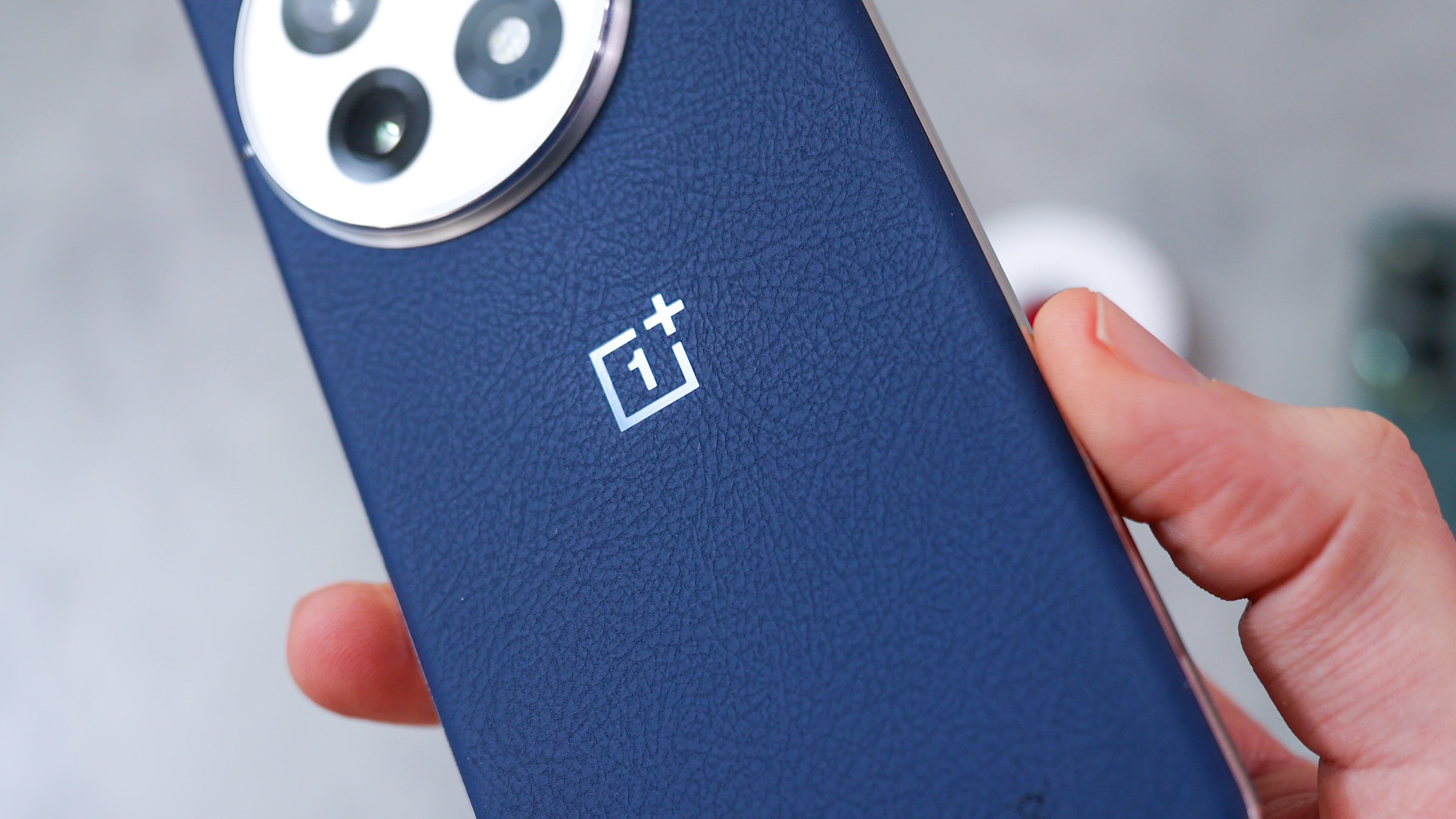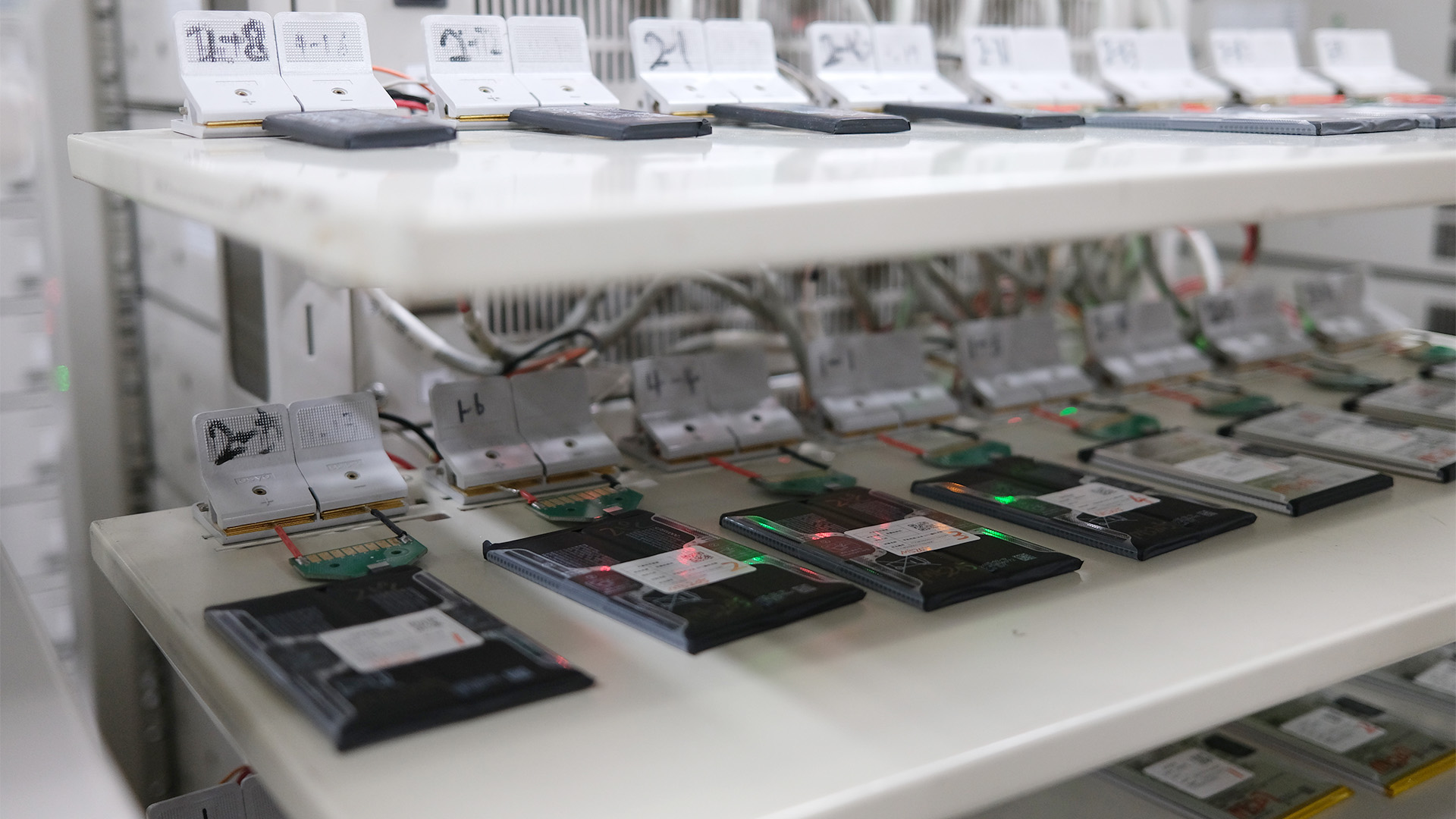"Battery capacity will continue to rise" – OnePlus says battery boosts are coming


If you've been paying attention to the technical side of smartphone development over the last 18 months or so, which not everyone does, you may have noticed a huge swell in attention over one big new feature. Battery life, after being relatively static for years in the best phones, could be in line for a new revolution thanks to a replacement for the traditional, simpler lithium-ion pack.
It's called silicone carbide, and in fact, it's still a lithium-ion battery, but with fancier anodes that allow for much greater energy density, meaning more battery capacity in smaller packages. When I went to Shenzhen a couple of weeks ago to see various OnePlus facilities, you could see evidence of these new batteries in a few places.
More than just that, I talked to Rudolf Xu, Senior Product Marketing Manager at OnePlus, about the jump in user expectations and performance that might come with the new tech as it spreads, and he was unequivocal about what it'll mean for phone users.
"The spec will continue to rise, for sure. [...] By adding silicon in the anode of the battery, it helps us increase the energy density compared with a traditional graphite anode. So if the energy density continues to increase, then in the same size, you can fit in a larger battery." That's complex stuff reduced to a simple concept – more capacity, no extra thickness.

Xu went on: "So, the battery capacities will continue to rise, and users welcome that, because eventually what they really want is a phone that can last, let's say, two days on a single charge." Again, it's hard to argue with the core point that people are desperate for phones that last longer, but also don't want fatter phones in their pocket as a downside.
So, silicon carbide batteries look like the answer, but they're not coming out quite as quickly as some observers hoped. OnePlus just unveiled the 13T, a smaller mid-range phone that will only come out in China, and its impressive 6,260mAh battery, which employs the new tech to great results.
However, it's not shipping to the US or EU (possibly because EU regulations don't allow a single-cell battery that big in a phone). This means we're still realistically waiting for the first big worldwide device to bring a big step forward in battery capacity to the masses.
Get all the latest news, reviews, deals and buying guides on gorgeous tech, home and active products from the T3 experts
It leaves me wondering who will be first to market, and whether this sort of technical explanation will ever break through. More likely is that one of the big phone-makers will debut a flagship that has battery life it can really shout about, without bothering to explain to the average consumer just why the change has come about.
Xu confirmed that OnePlus sees better battery as a way to tempt people into upgrades at a time when many are holding on to their phones longer than ever before, so it'll be interesting to see if the company can be one of the first to market with a truly jaw-dropping battery increase.

Max is T3's Staff Writer for the Tech section – with years of experience reporting on tech and entertainment. He's also a gaming expert, both with the games themselves and in testing accessories and consoles, having previously flexed that expertise at Pocket-lint as a features editor.
You must confirm your public display name before commenting
Please logout and then login again, you will then be prompted to enter your display name.